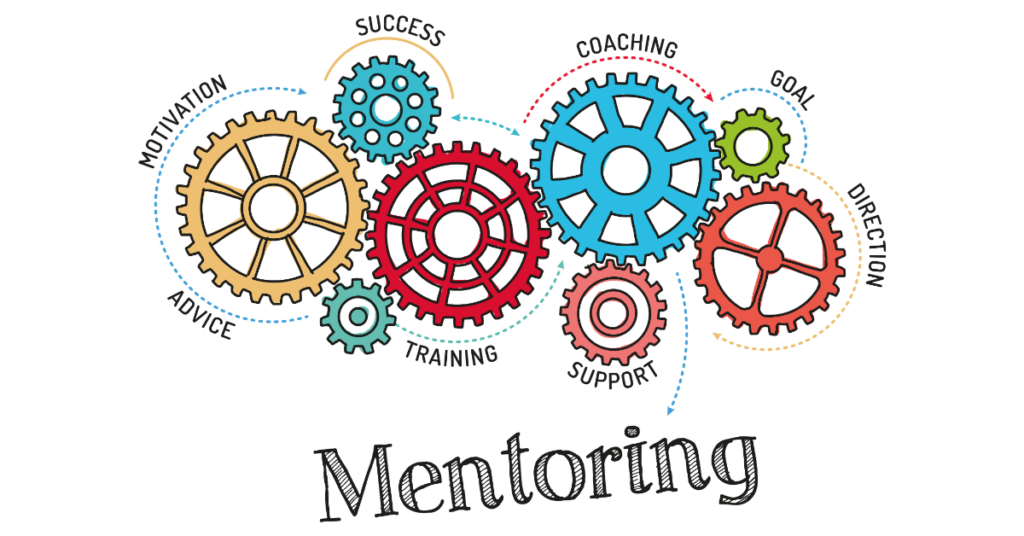If you have worked in an analytic industry, then you know the challenge of recruiting, hiring, and retaining skilled analysts. And if you are thinking about starting up or expanding an analytics team, you’ll grapple with the same issues. For business leaders, the challenge can be framed simply: you need to manage analyst expectations and development.
In this week’s article, I discuss the challenges associated with that task. Additionally, I offer recommendations for strengthening your analysts while being realistic about advancement opportunities.
The Challenge
Spend some time talking with young analysts about how to make the most of their careers, and you’ll probably hear at least one person mention regularly changing jobs. In fact, I’ve had multiple analysts on my teams tell me they were taught this concept in college. The argument goes something like this: You will make more money changing jobs than you will from staying put and getting a promotion or raise.
The problem with this idea is that organizations need to plan for accelerated turnover in analyst staff. This trend not only escalates recruitment and training costs but also diminishes the return on investment in analytics initiatives.
The cost is not strictly borne by companies, either. Analysts, in their pursuit of technical skill enhancement, often miss out on gaining in-depth knowledge about specific industries and the opportunity to contribute meaningfully to leadership roles.
However, the root issue isn’t an inherent desire among analysts to change jobs frequently. Many would prefer to grow with a single company, benefiting from a deeper understanding of data and systems and eventually leading their teams. Longevity in a role can also be a boon when seeking future employment, as it reflects stability and dedication.
So, what’s missing? The answer lies in opportunities for learning, motivation for engaging with new challenges, and the breathing room to explore.
The Cost of Stagnation
Entry-level analysts represent a significant investment for organizations. Compared to other entry-level staff, analysts come with specialized skills that command a premium.
In response to the expense of analyst staff, leaders often seek to maximize analyst output. Doing so typically requires allocating analysts across a variety of projects to keep them busy.
Unfortunately, when you reach a certain level of operational comfort and profitability, pushing beyond this comfort zone becomes a challenge. The fear of failure, or simply complacency, can lead analysts to become pigeonholed in specific roles.
Once your analytical systems are established, analysts may find themselves repeating the same tasks without learning anything new. This scenario not only halts their professional development but also fills their time with repetitive tasks, leaving no room for new challenges.
To combat these challenges, I recommend you take purposeful action by managing analyst expectations and development. Keep your analysts motivated and learning new things, while managing their expectations regarding career advancement. The remainder of this article explores both subjects to increase analyst retention and reduce churn.
Strategies for Analyst Retention
Motivation
Motivated analysts are naturally more likely to stay with you for longer periods of time. To curate motivation among your analysts, provide them with opportunities aligned with their interests. Three areas that work particularly well are:
- Learning opportunities
- Rewarding innovation
- Fostering collaboration
Learning Opportunities
Your analysts have specialized skills, but the industry is a rapidly evolving place. The skills your analysts have today may not be what they need next month, or next year. Providing analysts with the chance to learn new skills and experiment with different analyses is critical.
By providing analysts with opportunities for training and mentorship, you create an environment where they can keep up. Even if your analysts learn skills that don’t benefit you immediately, a trained workforce is better ready for tomorrow’s challenges. Read more here about developing an organizational analytic plan, including training.
In addition to training and mentorship challenges, give your analysts breathing room to implement new skills and test out ideas. No one does their best work when they are frantically trying to keep up with a demanding project schedule.
Consider allowing analysts to allocate up to ten percent of their workday to professional development. By protecting that time for them, you give your analysts the breathing room they need to nurture productive ideas.
Reward Innovation
Innovation is hard. If it weren’t, it wouldn’t be such a highly prized skill set. Therefore, you should make it a priority to recognize and reward innovation.
Encourage analysts to take the initiative to develop new skills and bring new solutions to problems. Rewarding such efforts sends a signal and creates a culture in which team members are incentivized to thrive
How you recognize staff may be less important than the fact you are doing it in the first place. Rewards could come through a formal recognition program, promotions, or financial incentives. And don’t forget that peer recognition is often one of the best forms of motivation available.
Foster Collaboration
Some people will tell you that analysts are introverts and prefer to work alone. That may be true of some analysts, but it certainly is not the most frequent personality type.
My experience is that most analysts enjoy collaborating with others. Writing code can be a lonely job at times. Having other analysts available to collaborate with helps to stimulate problem-solving skills and increase efficiency. When you foster collaboration among staff with different skill sets, you also naturally improve everyone’s capabilities.
I recommend cultivating a workplace culture that encourages collaboration and healthy competition. A competitive yet supportive environment can spur analysts to excel and innovate without the drawbacks of cutthroat tactics or secrecy.
Expectation Management
While keeping analysts motivated is critically important to reducing turnover, you need to temper that motivation with accurate expectations. As staff develop and improve their skill sets, they’ll expect to be compensated accordingly.
With limited resources in every organization, your best approach to expectation management is one of procedural justice. Staff may wish they received raises and promotions every year, but are more forgiving if they feel they have been treated fairly, include the following:
- Transparency
- Clear Career Pathways
- Communication of Business Needs
- High Performance and Preparation
Transparency
Encourage analysts to be open about their skills and knowledge gaps. This honesty helps in tailoring personal development plans and setting realistic project expectations.
In similar fashion, management needs to be transparent about the business context and development. Communicate with staff about the competitive environment, and how your organization fares compared to others.
Importantly, great leaders can draw the connections between staff roles and business outcomes, making them clear to others. Providing your team with a clear understanding of how their work impacts company success establishes a stronger sense of ownership and incentivizes staff to pursue organizational goals.
Clear Career Pathways
Provide your staff with a clear understanding of what it takes to advance to the next level in their career path. I once saw an organization that frequently promoted staff after one year of service, regardless of skill or achievement. Not only did this negatively impact payroll expenses, but stronger staff were demotivated when weaker staff received raises and promotions.
Some business leaders prefer not to develop clear career pathways out of fear that staff treat them like checklists that require a promotion upon achievement. However, if you tie advancement to personal growth, contributions to business outcomes, and overall company performance, this concern can be alleviated.
Additionally, if your staff is overly motivated by titles, consider adjusting the roles in your organizational chart. Adding additional layers of seniority with sufficient overlap in pay ranges can provide flexibility in compensation decisions.
Communication of Business Needs
When push comes to shove, no organization can provide promotions and raises if they don’t have the business to support those decisions. Regularly communicating with your analysts about the health of the business provides much-needed context for understanding whether new roles will be available.
Your honesty with the staff about business needs, when coupled with transparency, will set realistic expectations for career opportunities. Additionally, by drawing clear lines between staff roles and business needs, you can motivate the team to focus on areas that need improvement.
High Performance as Preparation
Finally, because so much of your organization’s culture stems from the top of the org chart, it is important to remind staff that high performance is worthwhile in all that they do.
Sure, some staff will argue that if they won’t get a promotion or a raise, then why should they put forth anything more than a minimal effort. In these cases, I like to focus on the future of the staff member making the argument. Remind them that whether they work in your organization or somewhere else, high-performance skills will always place them at the front of the pack.
Conclusion
The dynamic between analyst retention and business growth is complex. While it’s tempting to maximize immediate returns on investment in analytic talent, fostering a culture of continuous learning, professional growth, and transparent communication can significantly enhance analyst retention.
By providing opportunities for analysts to challenge themselves and advance their careers within the company, businesses can not only reduce turnover but also build a more skilled, motivated, and loyal workforce. When managing analyst expectations and development, the key is balancing operational needs with the professional aspirations of your analytics team. The result creates growth trajectories mutually beneficial for all involved.



